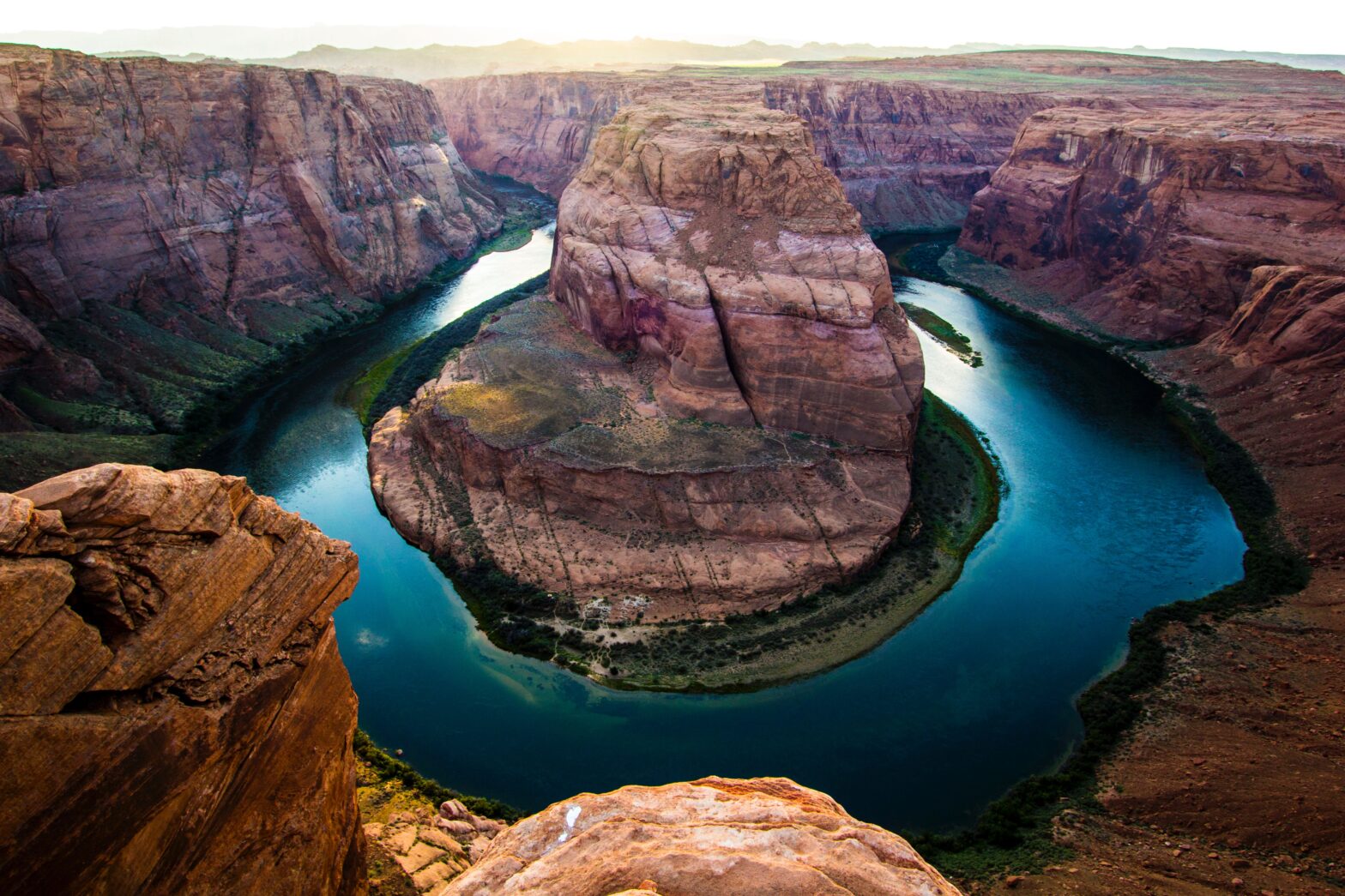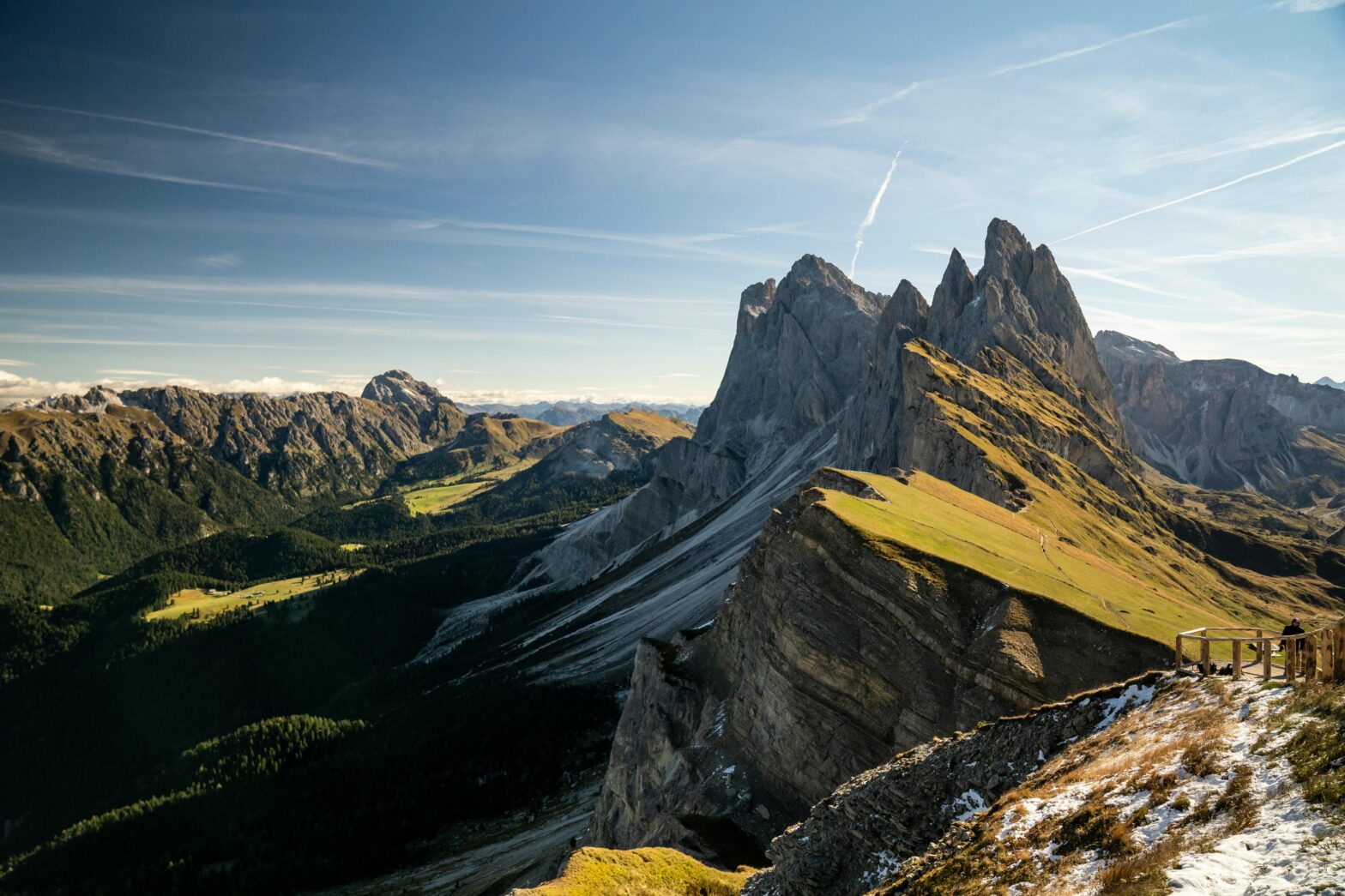Without a doubt, hiking the Grand Canyon rim-to-rim is a classic bucket list adventure. It happens to be one of America’s most famous and sought after hikes!
But as with any trek, hiking difficult trails comes with a lot of challenges, both mental and physical. From high temperatures to sharp edges and cliffs, this jaw-dropping scenic route requires a lot of training and the right gear to help ensure a hiker’s safety. Whether it’s training for a hike or packing efficiently to help you make the trip, preparation is hands down the most important part.
With an elevation of 2,000 feet, the Grand Canyon is bigger than the state of Rhode Island. Coming in a mile deep, 277 miles long, and 18 miles wide, this breathtaking trail is certainly one of America’s most beautiful scenic routes for hikers. For those who are willing to make the trip, there’s certainly a lot to know ahead of the hike, which is why we’ve gathered all of the important information to help you plan ahead.
Trail Overview
The Grand Canyon offers natural iconic wonders with a diverse range of trails that cater to hikers with different skill levels and interests. Grand Canyon Rim trails offer amazing panoramic views from the edge of the Canyon and are accessible to all visitors that come to see it. The South Rim features popular trails such as the Rim Trail and the South Kaibab Trail, which offer spectacular views of cliffs, vibrant rock formations, and amazing vistas of the Canyon. The North rim includes trails such as the Bright Angel Point Trail and the North Kaibab Trail, which offer incredible vistas of the Canyon as well.
For hikers seeking a more immersive experience, inner canyon trails give those a chance to explore the depths of the Grand Canyon while viewing interesting geographical layouts. Beyond the main trails, there are a variety of interconnected paths and backcountry routes that hold breathtaking views for hikers. Much like any trail, ample preparation is required to hike the Grand Canyon as it is rugged terrain with very hot temperatures. Packing good hiking boots, lots of water, high protein snacks, and wearing sunscreen is needed for the hike. Another thing to consider is Rim-to-Rim can be done in various ways such as a multi-day backpacking trip, overnight trip of course including lodging, and a one-day hike.
Permits and Regulations
Climbing the Grand Canyon is an exhilarating adventure that requires careful consideration of permits and regulations to ensure both the safety and preservation of the trail and the hiker. Overseeing the management of the Grand Canyon, The National Park Service (NPS) enforces strict guidelines to protect the ecosystem of the park, therefore resulting in a strict use of permits and other regulations. For hikers attempting rim-to-rim or inner-canyon routes, a Backcountry Permit is needed as these permits control the number of hikers on the trails, minimize impact, and help manage resources effectively.
Obtaining a Backcountry Permit can be competitive, as demand often exceeds their availability. Ahead of hiking the trail, it’s imperative to plan well and be flexible with dates to secure a permit. Furthermore, when hiking certain trails within the Grand Canyon, such as the Bright Angel and South Kaibab Trails, day-use permits are required as they regulate the flow of hikers and help prevent overcrowding on more popular routes.
Trail Highlights and Points of Interest
There are a ton of beautiful aspects to climbing the Grand Canyon. Whether it’s the breathtaking views of The Bright Angel Trail or The South Kaibab’s steep rock formations, each trail reveals a vibrant scenic picture of the Canyon, unveiling millions of years of environmental history. The Bright Angel Trail is a great one to hike as it’s well-maintained and passes landmarks such as the Indian Garden and Plateau Point. The South Kaibab Trail is known for its dramatic views of iconic spots such as Ooh-Aah Pont and Cedar Ridge. For hikers seeing a bit of a challenge, The North Kaibab Trail is a breathtaking one as it rewards hikers with Roaring Springs and the Supai Tunnel. From the jaw-dropping Grand Canyon views to exhilarating trips to the heart of the Canyon, these trail highlights provide a captivating and unforgettable experience.
Safety Considerations and Planning
Before climbing this historic natural ground, it’s critical to prioritize safety. Due to the unforgiving desert climate of the Canyon, this makes hiking it a bit more difficult and physically demanding. Before hiking the trail, adventurers should pack electrolyte-rich snacks to prevent dehydration as well as an ample supply of water. In addition, proper sun protection is also a vital aspect of staying protected as well as a wide-brimmed hat, environment-friendly shades, and sturdy footwear as the Canyon’s rugged terrain can be difficult to navigate on foot.
Always be sure to inform others of your hiking plans, which include expected routes and estimated return times as cell phone reception might be limited. Physically preparing for the hike is crucial as it can be quite demanding. Training and keeping your body in shape will help in overall preparation. Understanding your own personal fitness levels can better determine which trails and paths are more suited for you. Many hikers also recommend consulting the NPS for up-to-date trail conditions, weather forecasts, and any potential hazards such as desert animals and rattlesnakes. Before your hike, plan on hiking during the daytime and avoid venturing off the trails.
Navigation and Trail Markings
Understanding navigation and trail markings is important for every hiker, as this can better prepare you in the event of getting lost. The National Park Service provides valuable resources to signal different trails and difficulty levels. Along the more popular trails, such as the Bright Angel Trail and the South Kaibab Trail, hikers can find clear signage and trail markers which consist of distance, junctions, notable landmarks and even warning signs. And though there are navigational markings in place to help hikers, it’s important to remember that the Canyon is a wilderness area with certain trails not as heavily marked.
People Ask: Hiking Grand Canyon Rim-to-Rim
Q: How big is the Grand Canyon?
A: The Canyon is 277 miles long and 18 miles wide with an elevation of 2,000 feet.
Q: Are there dams in the canyon?
A: Unfortunately, there are no dams in the Grand Canyon
Q: How old is the canyon?
A: Interestingly enough the canyon is fairly young, despite its rock formations being close to 2000 million years old. The Canyon geologically speaking has formed within the past five or six million years, which is considered young in geology.
Q: Are the oldest rocks in the world exposed at Grand Canyon?
A: They are not, despite being 2000 million years old. the oldest exposed rocks are closer to 4000 million years old and are located in Northern Canada.
Q: How do I get to the Grand Canyon?
A: You can get to the Canyon by The South Rim, which is located via State Route 64 from Interstate 40 in Williams, Arizona.
Q: When is the best time to visit the Grand Canyon?
A: During the daytime hours during the spring, summer, and fall months.
Q: Can I bring my dog along with me if I hike into the canyon?
A: If you plan to bring a dog, it must be physically restrained at all times to prevent any accidents of the dog potentially running away.
Q: Do I have to make reservations for lodging at the Grand Canyon?
A: Yes, in order to lodge at the Canyon, reservations must be made in advance.
Q: Do I need a permit?
A: Permits are not required for day hiking below the rim of the Canyon, however, a backcountry permit is needed if you plan on camping overnight.
Q: How much does climbing the canyon cost?
A: Entrance fees to the park are $35 per vehicle, $30 per motorcycle, and $20 for pedestrians or cyclists. Fees for commercial buses/tour vans vary.





